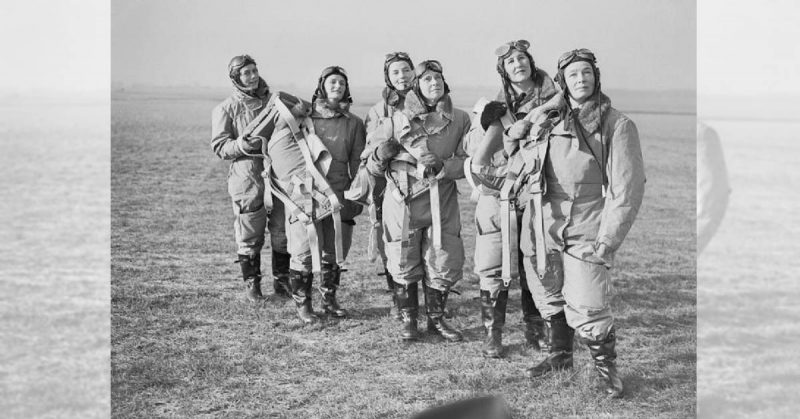Mary Ellis is one of the last surviving Air Transport Auxiliary pilots. She was surprised by a party in her honor at the Sandown Airport on the Isle of Wright, where she lives. About sixty guests arrived at the airport to honor her on her 100th birthday.
Mary Ellis recalled how she flew 400 Spitfires and around 50 Wellington Bombers during World War II. She was part of the Air Transport Auxiliary service, whose role was to fly planes and pilots from place to place in non-combat roles during the war. The service was disbanded in November 1944.
Ellis said that the party surprised her. She had requested that people not do anything for her because she didn’t feel she was old enough for a party.
A Spitfire flypast was scheduled but canceled due to the weather conditions during the party.
Mary Ellis, nee Wilkins, joined the ATA in 1941. She decided to join after she heard an ad on BBC radio calling for woman pilots.
“At that time we were called the Glamour Girls and there were plenty of escorts around,” she said.
Women were authorized to fly military trainer and communications planes starting in 1940. They faced some opposition from men at the time.
The editor of Aeroplane magazine displayed the prejudices of the time, writing: “The menace is the woman who thinks that she ought to be flying in a high-speed bomber when she really has not the intelligence to scrub the floor of a hospital properly.”
By her own memory, Ellis flew about 1000 planes including 400 Spitfires and 47 Wellington bombers.
After the war, she moved to the Isle of Wright and took charge of the Sandown Airport from 1950 to 1970.
The first women joined the ATA in 1940. In 1943, ATA pilots were among the first women in the UK to earn equal pay. Before 1943, they were earning about a fifth of what their male peers earned.
They were originally restricted to non-operational planes before being allowed to fly fighter planes in 1941 as factories produced more planes and injuries to pilots increased, BBC News reported.
Lettice Curtis became the first woman to fly a four-engined bomber during WWII. Her first flight was in September of 1942.
During the war, 168 women served in the ATA including volunteers from the US and other countries. 15 women were killed during the war including pioneer Amy Johnson.
